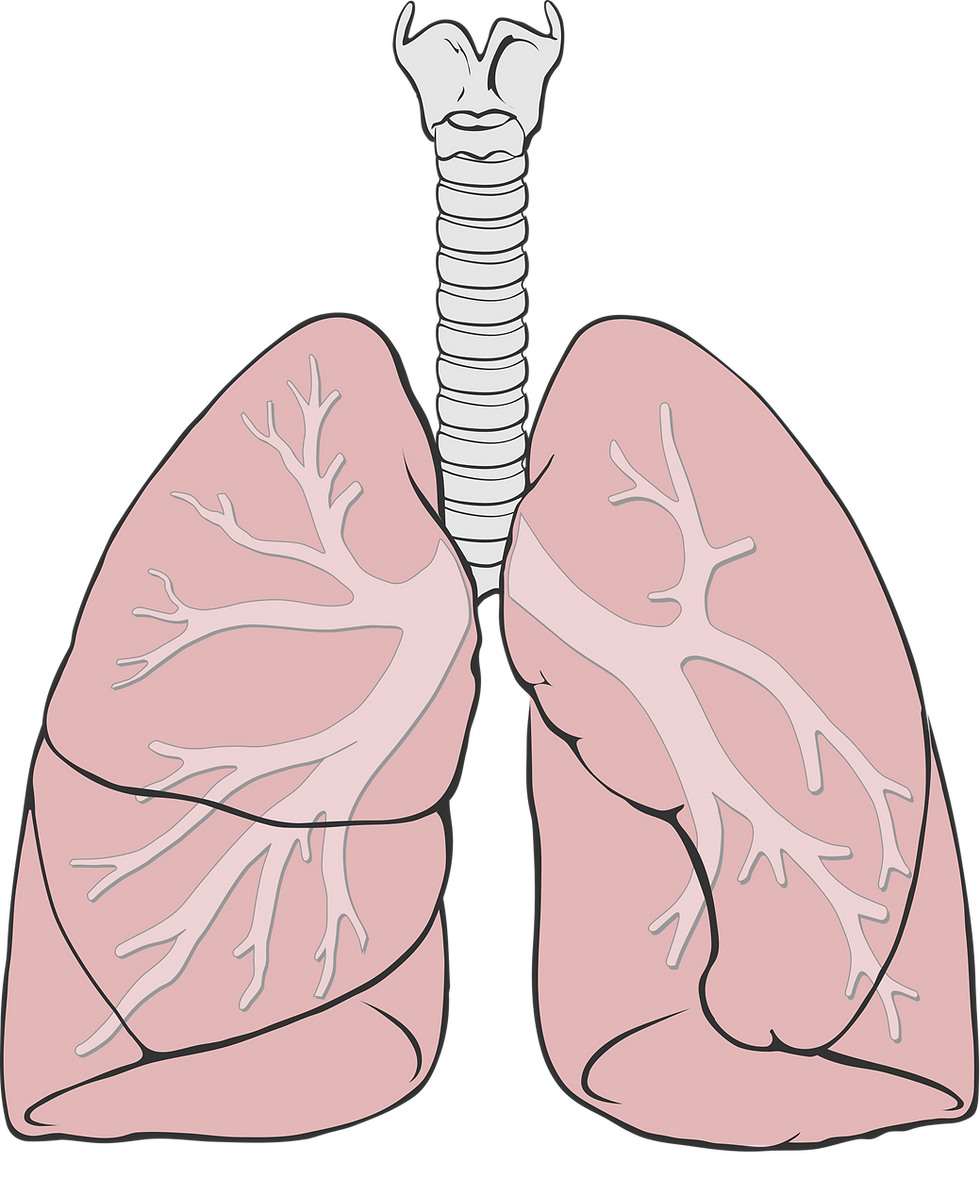Brain Tumors And It's Types
- Neha Gupta
- Aug 16, 2019
- 3 min read
Benign Skull Base Tumors
Even though benign tumors are usually slow-growing, they can become large enough to cause symptoms. Following are the types of benign tumors:
1. Meningiomas
Meningiomas occur in the meninges, the sheet-like layers of connective tissue that protect the brain and spinal cord. Most of these tumors are benign.
Symptoms depend on the location of the meningioma. The tumor may press on nerves, causing facial numbness or pain. It may also affect the optic nerve, interfering with vision; other cranial nerves; or the brain stem, which connects the brain to the spine. Meningiomas can be cured using proton therapy when it is detected at the earlier stage.
2. Pituitary Tumors
These growths occur on the pituitary, a small gland located at the base of the brain that produces many hormones and controls other glands that produce hormones. There are many types of pituitary tumors. Some are small and may not cause any symptoms; others are large and can affect the eyesight in one or both eyes. These tumors can also create hormone disturbances that may affect growth, weight, sperm production, and ovarian function.
3. Acoustic Neuromas
An acoustic neuroma is a noncancerous brain tumor that develops on the nerve that runs between the inner ear and the brain. Also called vestibular schwannomas, acoustic neuromas develop in cells known as Schwann cells. These provide insulation, or myelin, for nerve cells.
Acoustic neuromas may cause hearing loss; tinnitus, or ringing in the ears; balance difficulties; or problems with facial movements and facial numbness as they grow and impinge on nearby nerves.
4. Other Nerve Sheath Tumors
Other types of tumors can develop in Schwann cells, which surround and protect nerves. They can affect the trigeminal nerve, the facial nerve, and the jugular foramen.
The trigeminal nerve is responsible for facial sensation and movements such as chewing. Trigeminal nerve schwannomas can cause facial numbness or pain or problems with chewing.
Facial nerve schwannomas can cause facial weakness, hearing loss, and balance problems, depending on their size. They can occur anywhere along the facial nerve, which runs from the brain stem and through the temporal bone—the part of the skull that sits over the inner and middle ear.
5. Orbital Tumors
Orbital tumors occur in the eye socket or orbit. They can affect eye movements and vision and also cause protrusion of the eyeball. Tumors that affect the orbit include hemangiomas, which are noncancerous tumors that develop from blood vessels; schwannomas, which develop from Schwann cells that protect the orbital nerve; and meningiomas.
The signs and symptoms of orbital tumors depend on their size and location within the orbit. Some orbital tumors can grow into the skull base and might cause brain cancer by extending through the bone that separates the two areas.
6. Epidermoids and Dermoids
Epidermoids are noncancerous tumors that form while a baby develops in the womb. They are present at birth but because they are slow-growing, they may not be detected in the skull base until adulthood. The tumors consist of squamous epithelial cells, which help create keratin, the protein that strengthens skin, hair, and nails. These tumors can be removed using radiation therapy.
7. Juvenile Angiofibromas
These tumors form in the nasal cavity, the space behind the nose that helps form the front part of the skull base. These tumors are slow-growing but can become large and cause symptoms, such as blockage of the nasal passages or frequent nosebleeds. Juvenile angiofibromas are rare and usually affect adolescent boys.
8. Cholesterol Granulomas
Cholesterol granulomas are benign cysts that consist of a fibrous outer coating and contain fluids, crystals of cholesterol—a waxy, fatty substance—or other fats. They can occur in the temporal bone, located at the skull base next to the inner ear. As they grow, they can cause hearing loss or damage to surrounding nerves and might cause bone cancer if it is not checked on time.
9. Craniopharyngiomas
A craniopharyngioma develops near the pituitary stalk, a piece of tissue that connects the pituitary gland to the hypothalamus, an area of the brain that produces hormones. These tumors can grow and cause symptoms such as headache or vision problems. They may also cause hormonal problems, which can interfere with growth, puberty, fertility, and metabolism.
10. Glomus Jugulare Tumors
These tumors arise from the chemoreceptor cells, which are sensory cells, commonly located in the temporal bone. Depending on their size, these tumors may produce a rushing noise in the ear, hearing loss, and problems with speaking and swallowing.
To know more about benign tumors visit Apollo Cancer Institute.






Comments